In this blog post, we will look at 22 clever ways to organize and store your baby’s clothes to ensure that everything is accessible and neatly organized.
How does it feel to prepare for the arrival of a new baby?
Preparing for the arrival of a new baby can be an emotional and multifaceted experience. It often involves a mix of excitement, anticipation, and a little anxiety.
Many parents feel joy and eagerness as they prepare the nursery, buy baby clothes, and attend prenatal appointments. There can also be some nervousness about the upcoming changes and responsibilities.
Additionally, there’s often a lot of planning and learning. Overall, it’s a significant and transformative time filled with a range of emotions.
This post lists 22 best ways to organize and store your baby’s clothes for easy access.
22 SMART WAYS TO ORGANIZE AND STORE YOUR BABY’S CLOTHES
1. Baskets and bins
They provide easy access and visibility, making it simple to locate items quickly.
They are available in a variety of sizes, allowing for classification by type of clothing (e.g., onesies, socks, hats).
They can also be labeled for more efficient organization. Baskets and bins can be placed on shelves, inside drawers, or under the crib to maximize storage space while keeping the nursery clean and clutter-free.
2. Dresser drawers
They are an efficient way to organize and store a baby’s clothes. Because they provide separate compartments for different types of clothing, such as onesies, pajamas, socks, and accessories.
This makes it easy to keep items neatly sorted and readily accessible.
Additionally, using dividers or organizers within the drawers can help further categorize and maximize space, ensuring that everything stays tidy and easy to find.
3. Hanging organizers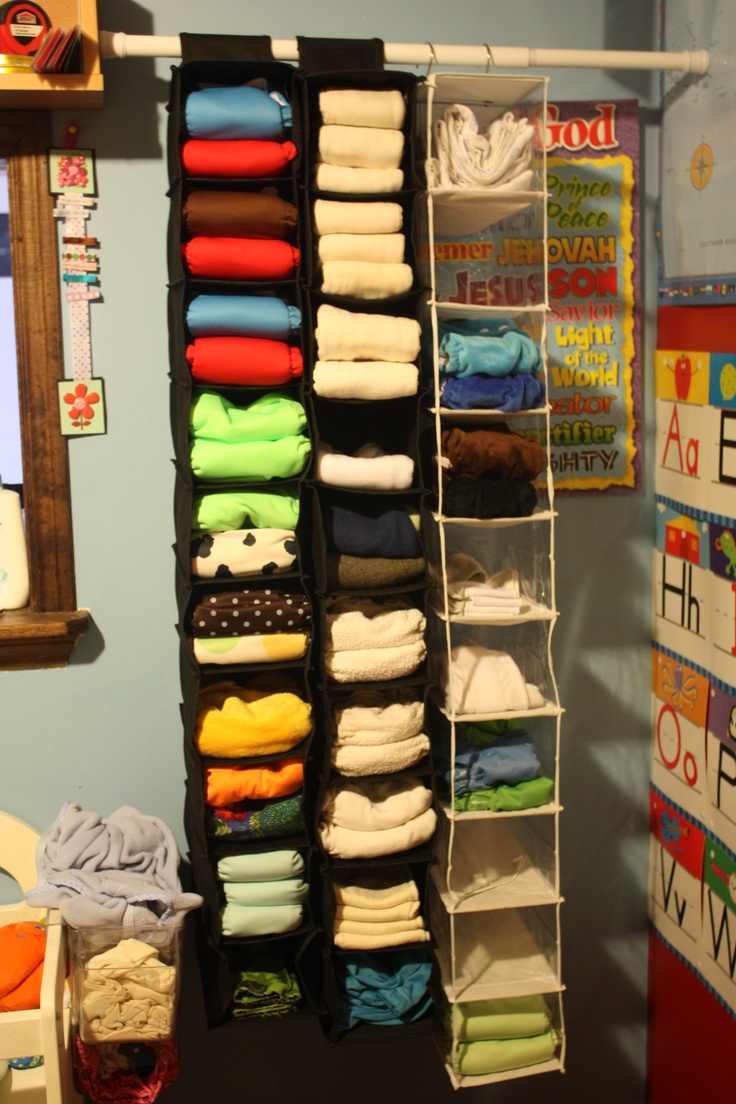
Hanging organizers are an effective way to organize and store a baby’s clothes. They usually hang from a closet rod and have multiple compartments or shelves, allowing you to neatly sort and access different clothing items.
These organizers are especially useful for maximizing vertical space while keeping clothes visible and easily accessible.
They can also include pockets for smaller items such as socks and accessories, which helps to keep the nursery organized and clutter-free.
4. Shelf Dividers
These are handy tools for organizing and storing baby clothes.
They separate different types of clothing, such as onesies, pajamas, and outfits, making it easier to find what you need quickly.
Dividers can also be labeled by size or age range, ensuring you keep track of growing babies’ wardrobes efficiently.
They maximize space and keep everything neat and accessible.
5. Drawer Dividers
Drawer dividers help organize and store baby clothes by creating separate compartments within a drawer. This allows for categorizing items like socks, onesies, and bibs, making them easier to locate and keep tidy.
They maximize drawer space, prevent clothes from getting mixed up, and ensure a neat, accessible, and efficient storage system for your baby’s wardrobe.
6. Under-Bed Storage
Under-bed storage is a practical solution for organizing and storing baby clothes, especially in small spaces.
It utilizes the often-overlooked area beneath the bed to keep items out of sight yet easily accessible.
Options include rolling bins, drawers, or vacuum-sealed bags, which can help categorize and protect clothes from dust.
This method maximizes space and keeps the nursery tidy.
7. Over-the-Door Organizer
This is a convenient way to store and organize baby clothes. It hangs on the back of a door and typically features multiple pockets or compartments.
This allows you to neatly categorize and access baby clothes, such as onesies, socks, and accessories, while saving floor and closet space.
It’s an efficient way to keep the nursery clutter-free and the baby’s essentials within easy reach.
8. Rolling Carts
Rolling carts are a versatile way to organize and store baby’s clothes. With multiple tiers, they offer ample space for sorting different clothing items, such as bodysuits, socks, and bibs.
The mobility of rolling carts allows you to move them easily around the nursery, ensuring you can access baby clothes wherever needed. They are especially useful in small spaces, providing flexible and efficient storage.
9. Cubby Systems
Cubby systems are modular storage units with individual compartments, ideal for organizing and storing a baby’s clothes.
Each cubby can hold different types of clothing, making it easy to keep items like onesies, socks, and bibs
separated and easily accessible.
These systems can fit into closets or stand alone, offering a flexible and efficient solution for keeping a baby’s wardrobe neat and orderly.
10. Hanging Rods
Hanging rods are a practical and efficient way to organize and store a baby’s clothes. By installing a rod in a closet or wardrobe, you can hang clothes using baby-sized hangers.
This method keeps outfits visible and easily accessible, making it simple to quickly find and select clothing.
Additionally, hanging rods help save space by utilizing vertical storage, which can be especially useful in smaller nurseries.
They also keep clothes wrinkle-free and organized by type or size.
11. Closet Rod Extenders
These are a useful tool for organizing and storing baby clothes. They attach to an existing closet rod to create an additional lower rod, effectively doubling the hanging space.
This is especially helpful for baby clothes, which are smaller and don’t require as much vertical space.
Using a rod extender, you can easily separate different sizes, types, or outfits, keeping the closet neat and accessible.
12. Wall Hooks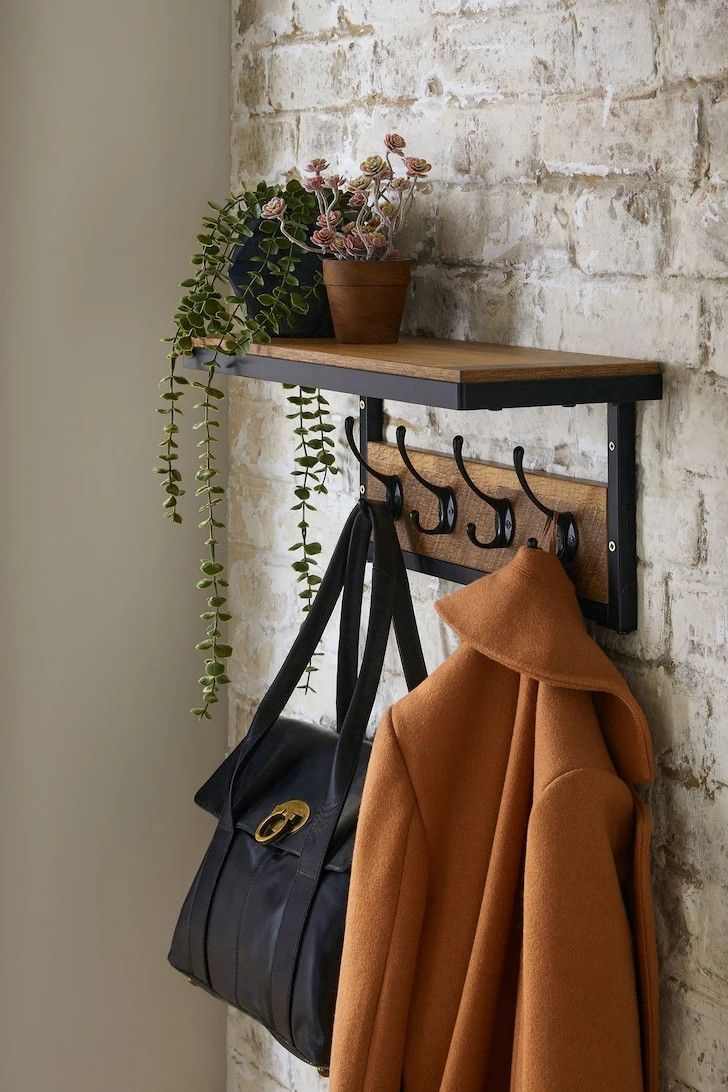
They are a convenient and versatile way to organize and store baby clothes. You can install them at a lower height, you create easy-to-reach spots for hanging frequently used items like jackets, hats, or outfits.
This method helps keep clothes off the floor and within easy access, making it simple to grab what you need quickly.
Wall hooks can also be used to display special outfits or to hang small storage baskets for accessories.
13. Hanging Baskets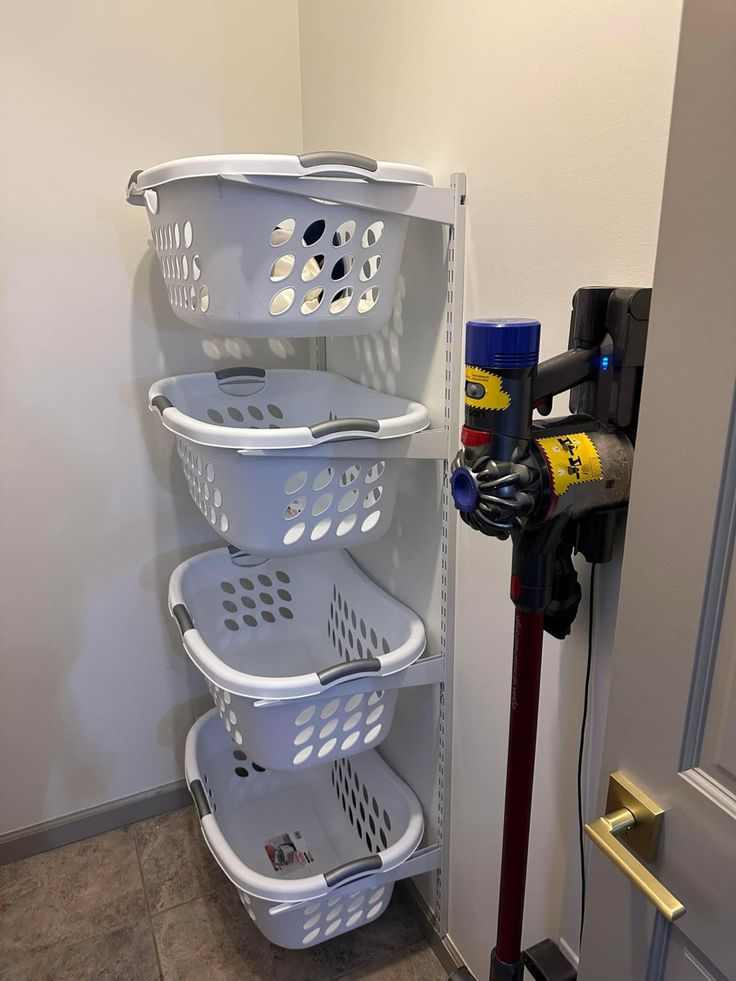
Hanging baskets are an excellent way to organize and store a baby’s clothes. They can be hung from closet rods, walls, or doors, maximizing vertical space and keeping items within easy reach.
These baskets come in various sizes, making it easy to categorize clothes by type or size, such as separating onesies, socks, and accessories.
Their open design allows for quick access and visibility, helping to keep the nursery tidy and organized.
14. Pegboard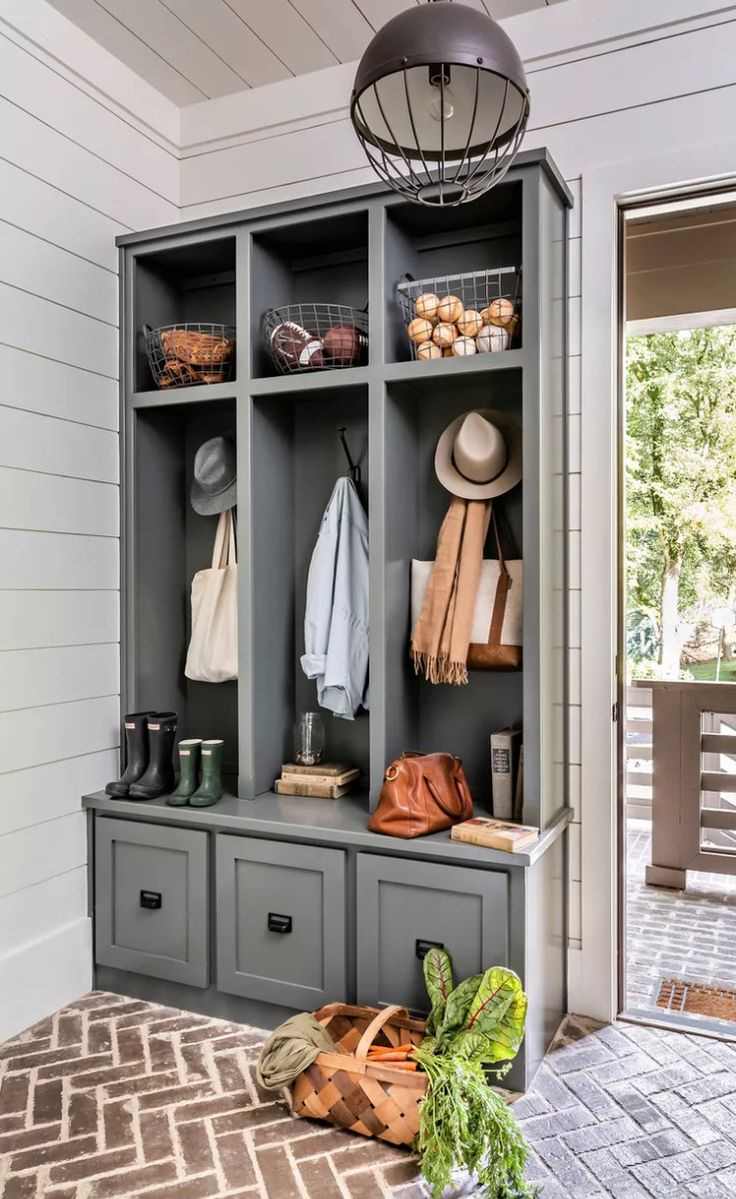
A pegboard can be a versatile tool for organizing and storing a baby’s clothes. Mounted on the wall, it provides a customizable storage solution with pegs, hooks, and baskets that can be arranged to suit your needs.
You can hang clothes directly on hooks or use small baskets and bins for items like socks, hats, and accessories.
This system keeps everything visible and easily accessible, helping to maintain an orderly and efficient nursery.
15. Vacuum-Sealed Bags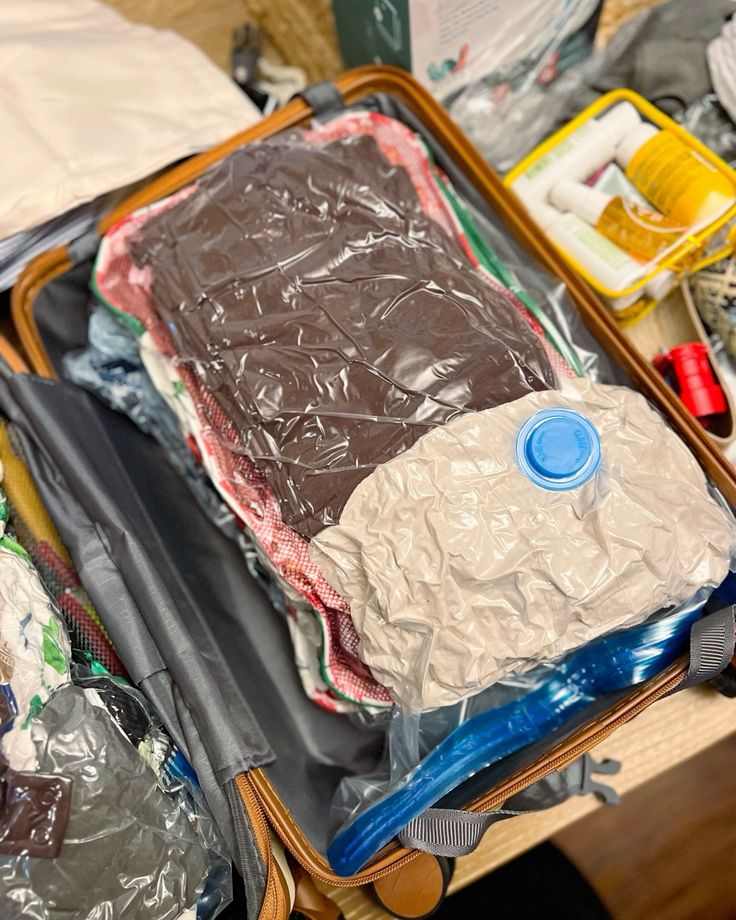
Vacuum-sealed bags compress clothes by removing air, saving space. Place clean, dry clothes inside, seal the bag, use a vacuum to remove air through a valve.
Ideal for storing baby clothes long-term, reducing clutter.
16. Label Everything
Labeling everything helps organize and store a baby’s clothes by making it easy to identify sizes, types (like pajamas or onesies), and when they were last worn or washed.
This simplifies finding and maintaining outfits as they grow.
17. Fold and Stack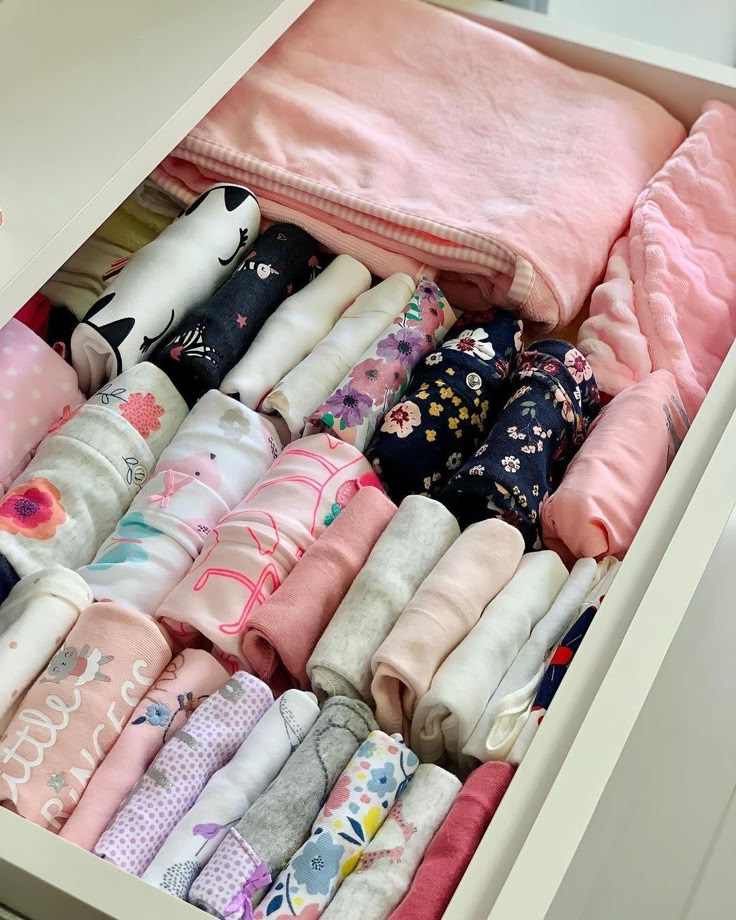
Fold clothes neatly and stack them vertically in drawers for better visibility.
This method helps keep clothes organized and easily accessible in drawers or bins, maximizing storage space efficiently.
18. Rotating System
A rotating system for organizing and storing baby’s clothes involves using a method where clothes are regularly rotated based on the baby’s size and seasonal needs.
This typically means storing clothes that are currently not in use due to size or season, while keeping easily accessible the clothes that fit the baby at the moment.
It helps keep the closet or storage space clutter-free and ensures that appropriate clothes are readily available as the baby grows or as seasons change.
19. Hanging Dividers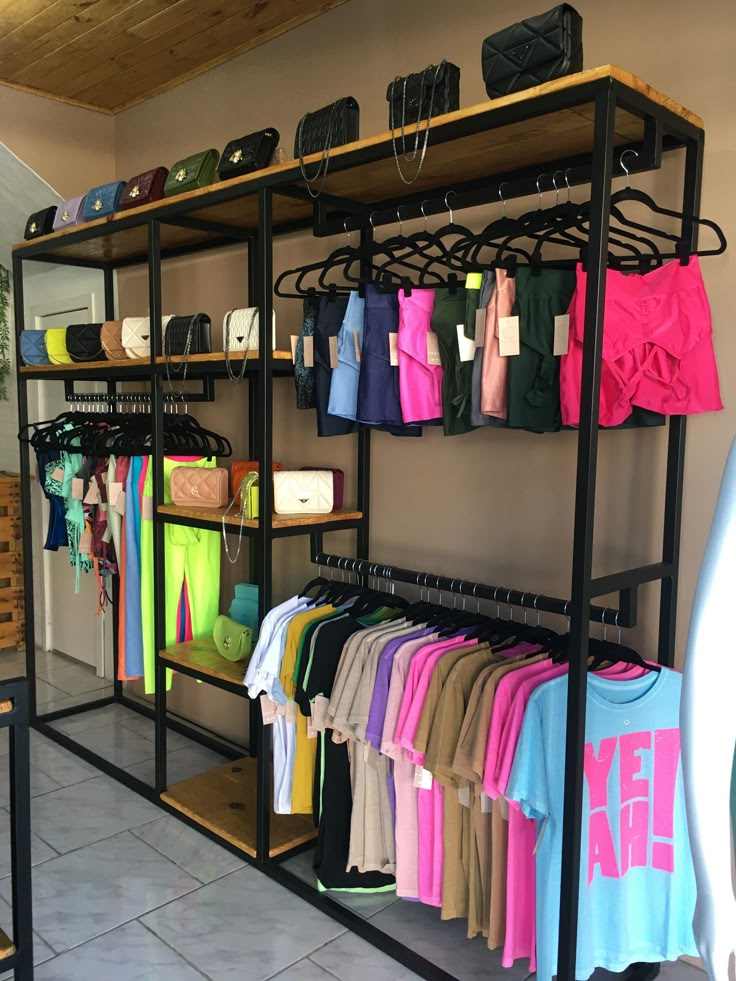
Hanging dividers can help organize a baby’s clothes by categorizing them into different sections, like onesies, sleepwear, and outerwear, making it easy to find and access items quickly.
20. Baby Hangers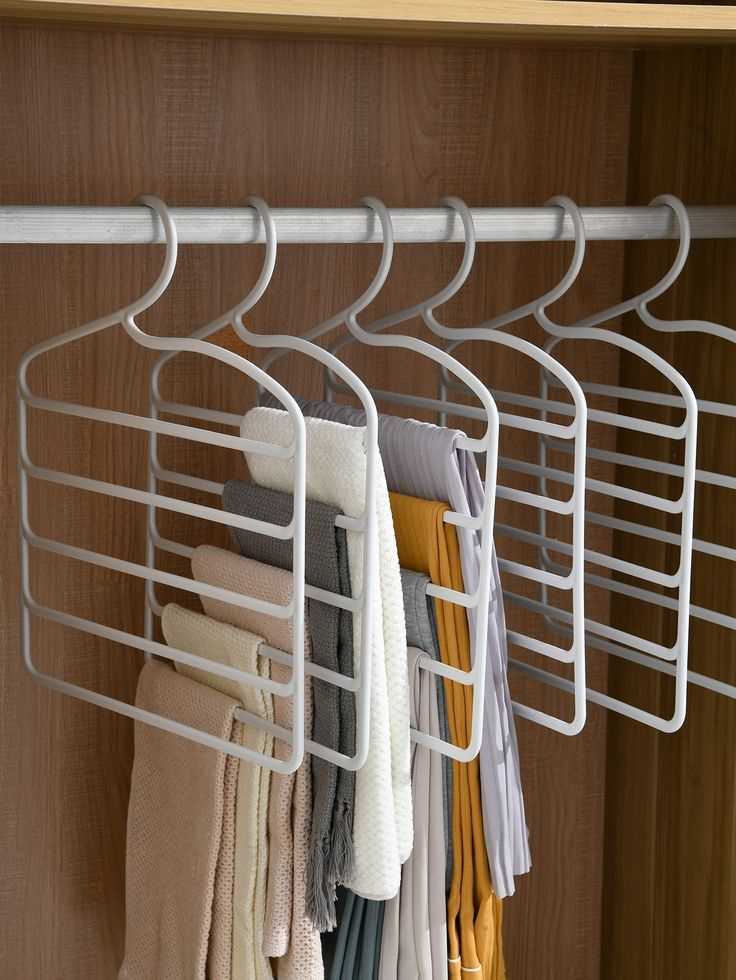
Baby hangers are specially designed to organize and store baby’s clothes efficiently.
They are smaller in size compared to regular hangers, making them ideal for tiny baby garments like onesies, rompers, and small dresses.
21. File Folding
File folding, also known as the Kon Mari method, is a technique for folding clothes to maximize space and visibility in drawers or storage containers.
22. DIY Labels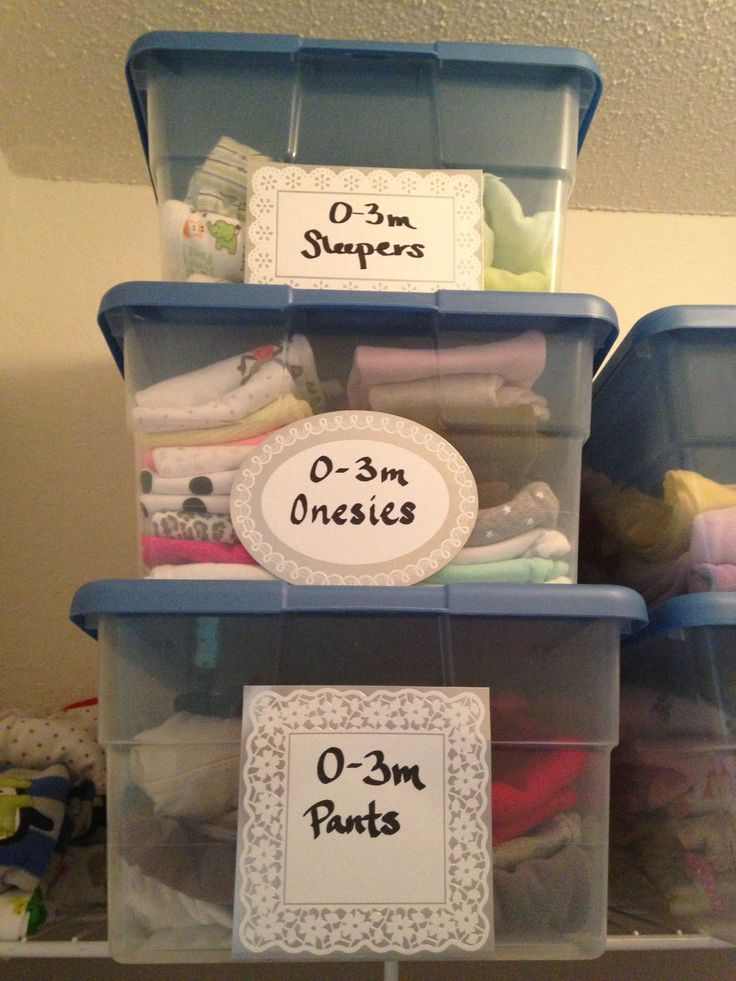
DIY labels for organizing baby’s clothes involve creating or using small tags or stickers to categorize items by size, type (like pajamas, onesies), or day of the week for easy access and storage.
By implementing these 22 genius tips to organize and store the efficient way, you can effectively store baby clothes in a small space while keeping everything organized and easily accessible.
From maximizing closet space to utilizing storage bins and organizers, there are plenty of ways to make the most of the available space in your baby’s nursery or small room.
With a little creativity and planning, you can create a functional and stylish space that meets all
of your baby’s storage needs.
Ways to effectively clean a baby’s bedroom
Keeping your baby’s bedroom clean and safe is essential for their health and well-being. A clean environment reduces the risk of allergies, infections, and ensures that your baby has a comfortable space to sleep, play, and grow.
However, cleaning a baby’s room requires special care and attention to ensure the use of baby-safe products and methods.
Whether you’re a new parent or looking to improve your cleaning routine, these tips will help you create a spotless and healthy space for your baby.
Here’s a list of ways to effectively clean a baby’s bedroom:
1. Declutter Regularly
● Toys: Keep toys organized in bins or baskets. Donate or store toys that are not frequently used.
● Clothes: Sort through baby clothes regularly, removing items that no longer fit.
2. Dust and Wipe Surfaces
● Shelves and Furniture: Use a damp cloth to wipe down shelves, dressers, and other furniture.
● Light Fixtures and Ceiling Fans:** Dust light fixtures and ceiling fans to prevent allergens.
3. Vacuum and Mop Floors
● Carpets: Vacuum carpets thoroughly, especially in high-traffic areas.
● Hard Floors: Sweep and mop hard floors using a baby-safe cleaning solution.
4. Sanitize Toys and Baby Gear
● Plastic Toys: Clean with a mild soap and water solution.
● Stuffed Animals: Wash in the washing machine if possible, or spot clean with a gentle detergent.
5. Change and Launder Bedding
● Crib Sheets: Change crib sheets at least once a week.
● Blankets and Comforters: Wash regularly according to the manufacturer’s instructions.
6. Clean Windows and Window Treatments
● Windows: Use a non-toxic glass cleaner to clean windows.
● Curtains and Blinds: Dust blinds and launder curtains if possible.
7. Organize and Disinfect Changing Area
● Changing Table: Wipe down the changing table with a disinfectant after each use.
● Diaper Pail: Empty and clean the diaper pail regularly to prevent odors.
8. Maintain Air Quality
● Air Purifier: Consider using an air purifier to reduce allergens and improve air quality.
● Ventilation: Ensure proper ventilation by opening windows or using fans.
9. Keep Safety in Mind
● Safe Cleaning Products: Use baby-safe, non-toxic cleaning products.
● Out of Reach: Store cleaning supplies and other hazardous materials out of reach of children.
10. Routine Deep Cleaning
● Monthly Deep Clean: Perform a more thorough cleaning once a month, including washing walls and deep-cleaning carpets.
By following these steps, you can maintain a clean, safe, and healthy environment for your
baby.
This post walks you through 22 best ways to store and organize your baby’s clothes.
Recommended reading:
